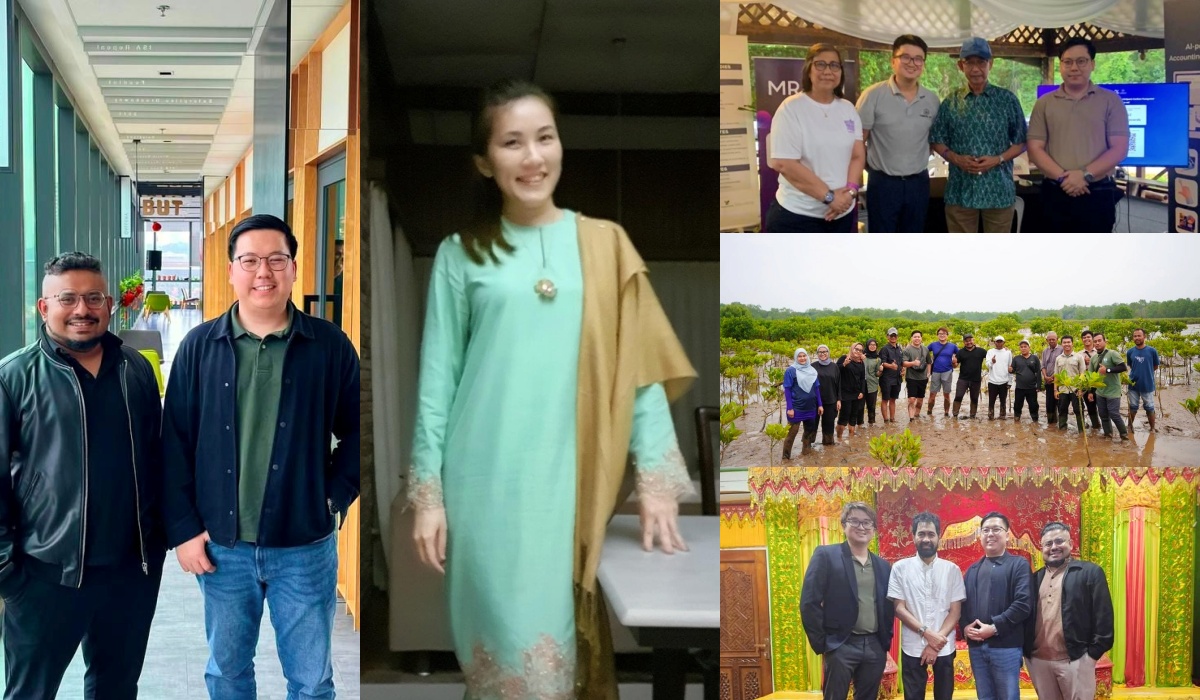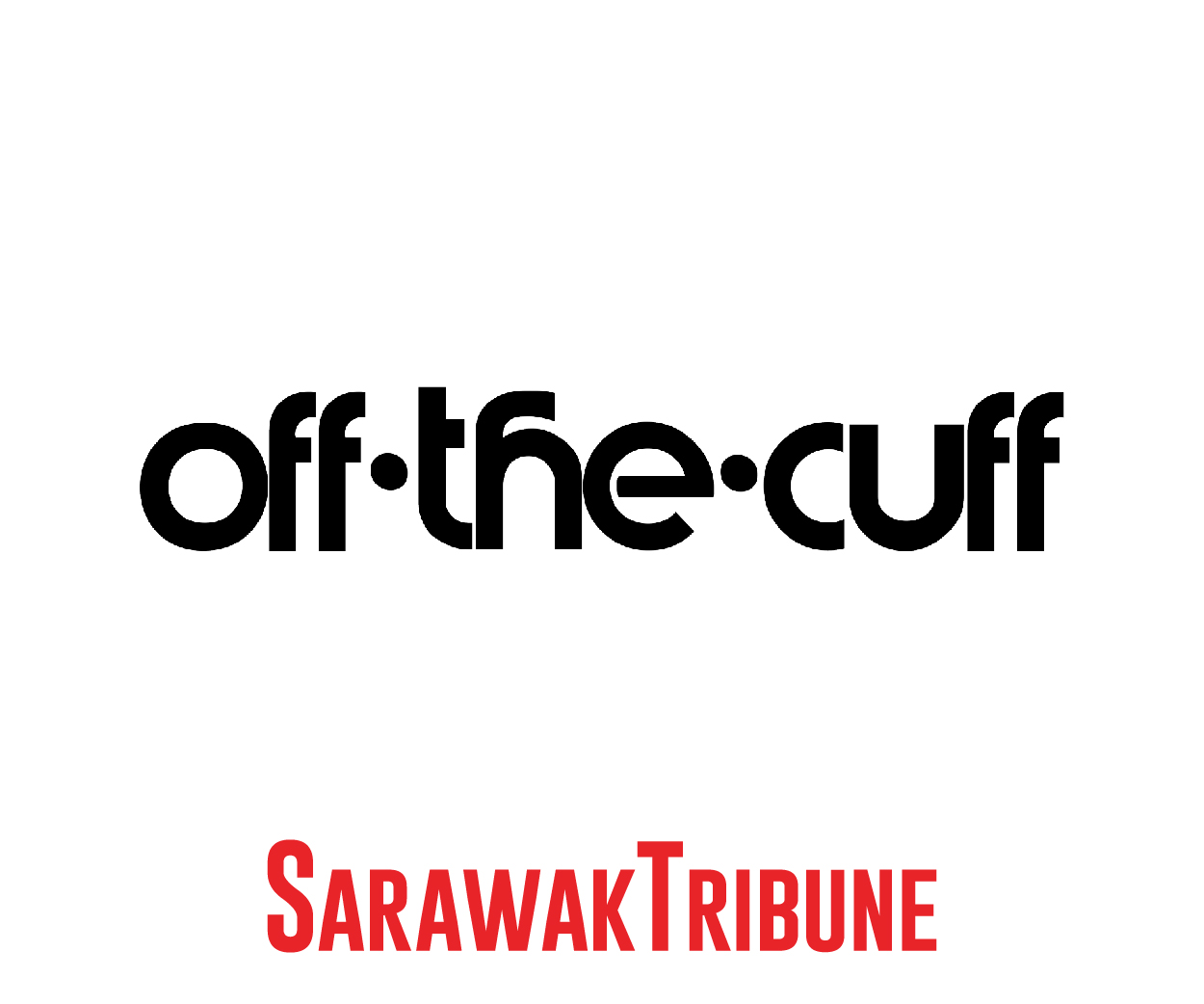ONCE blanketed by dense forests and criss-crossed by dirt roads, Sarawak now stands at the threshold of transformation – where innovation meets evolution, and homegrown minds become catalysts for technological change. As Sarawak embraces digital modernisation amid its lush greenery, it also pays tribute to the traditional innovations that laid the groundwork.
A celebration of the past and present, while welcoming the future, Sarawak’s true beauty lies in the unity between its people and the land. Reflecting on this connection, Donna Yong, curator of the Sarawak Indi-genius platform on Instagram, says that a closer look reveals how indigenous communities, nature, and the environment are inseparable.
“They exist together in perfect harmony. This is especially evident when it comes to innovation – particularly when it’s based on what nature provides for daily needs. It’s not just about survival, but about how tools and practices are shaped through intergenerational knowledge of the environment, both physical and spiritual.
“Among all aspects of life, the indigenous peoples of Sarawak acknowledge the absolute importance of paddy – recognising it not merely as food, but as a provider of life, labour, and ritual,” said Yong.
She shared insights on lesser-known utilitarian objects used by the Dayak – such as the ceremonial dibble stick, rattan coil trap, and harvest knife – noting that these tools emerged from a profound understanding of the environment and its resources.
The beauty of ancestral indigenous knowledge, she added, flows through generations via experience, rituals, stories, and daily practice.
“I call it indigenous intelligence. Materials weren’t chosen by coincidence or convenience – they were selected for their flexibility, durability, and strength. This intuitive understanding of the ecosystem, paired with deep respect for nature, forms a remarkably sustainable way of life.
“Nothing is wasted, and everything returns to the earth when no longer useful. Traditional innovations work entirely with nature – never against it,” she added.
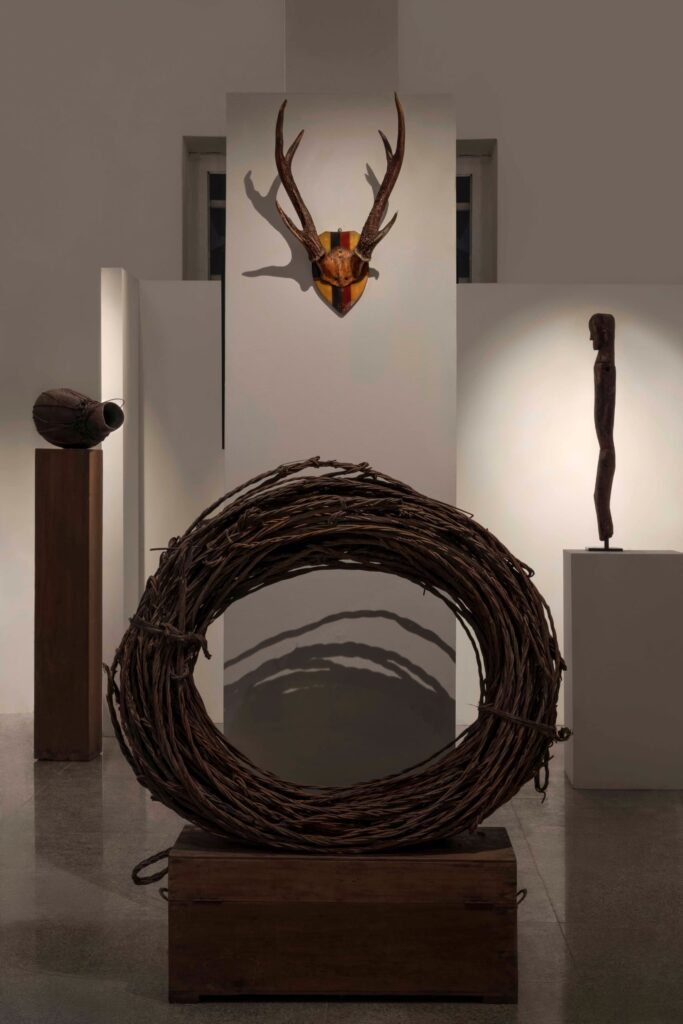
The Dibble Stick, or Tugul
Physically, a dibble stick ranges between four to eight feet in length. Made from a single piece of long wood, it is often carved and occasionally painted with traditional patterns. The top is shaped like a rattle, producing a rhythmic ‘tock-tock’ sound when stomped – creating music for rituals and chants.
This rattle-topped version is usually reserved for ceremonial purposes, while simpler versions without the rattle are commonly used in the field.
Before planting even begins, communities typically perform a clearing ritual to honour and seek blessings from the spirits of the land for a bountiful harvest.
Once the land is cleared, men punch holes into the ground with the dibble sticks, often led by an elder chanting prayers accompanied by the rattling sound. Women follow behind, scattering seeds into the freshly made holes.
With every movement comes a sound, and with every sound, a blessing. This act is not simply agricultural – it is spiritual. It is believed to awaken the land and call upon unseen forces for a fruitful harvest. Long before the advent of modern farming techniques, these communities had already integrated environmental knowledge into their practices.
Interestingly, when closely observed, this process mirrors modern tilling and ploughing. The dibble sticks break the soil surface and aerate it – an ancient ritual with scientific grounding.
Rattan Coil Trap
This traditional crop protector is made from a continuous length of coiled rattan, interspersed with short, thorny rattan knobs. Its structure acts as a natural barricade, using friction to deter pests without harming them.
Completely natural, the rattan offers flexibility, resilience, and portability – with no need for poison, electric fencing, or harmful chemicals. It is cruelty-free, low-impact, and leaves no carbon footprint – yet it is highly effective.
Today, the same concept can be seen in metal products sold for garden and field use. However, while metal is heavy, harsh, and permanent, rattan remains light, natural, and biodegradable – offering control without dominance.
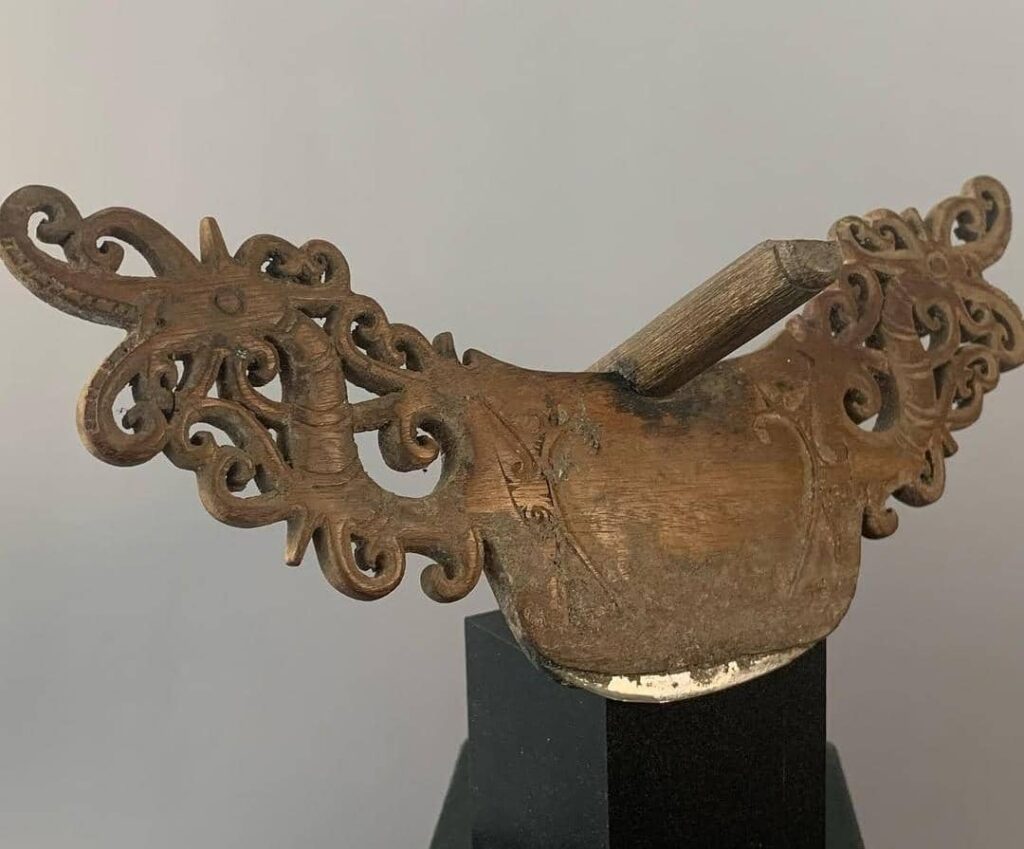
Paddy Finger Knife
This ingenious tool features a steel blade with a handle made from wood, bone, or bamboo. Some are decorated, while others are simple and functional.
Worn between the fingers on the inner palm, the knife is used to snip paddy stalks with precision. Its curved blade and customised handle reduce fatigue and improve control, making it a perfect extension of the harvester’s hand.
Beyond practicality, these knives often reflect the user’s personality, beliefs, social standing, and skill. It is a symbol of pride and identity in a labour-intensive task.
Fast Forward
Still deeply rooted in agriculture and sustainability, Sarawak – under the visionary leadership of Premier Datuk Patinggi Tan Sri Abang Johari Tun Openg – is redefining farming for the modern age. What was once seen purely as tradition now embodies a broader vision: one that fuses innovation with culture, economy, and environmental stewardship.
For digital solutions company EB Tech, co-founders Moses Vinsien and Ashweein Narayanan are at the forefront of this shift.
By leveraging artificial intelligence, they are revolutionising agriculture in Sarawak – aligning their vision with the state’s Post COVID-19 Development Strategy 2030 and Sarawak Sustainability Blueprint.
Their agri-tech innovations include deploying vision AI on drones to assist with palm oil harvesting. One such project in Gedong has already addressed workforce shortages and challenging terrain.
“These drones have the vision and intelligence to assess fruit bunches: Are they ready for harvest? What is the health of the plantation? When should harvesters be deployed?” explained Ashweein.
EB Tech is also developing a robotic prototype – nicknamed the “robo-dog” – featuring a mechanical arm to collect loose fruit from the ground. By integrating smart technologies, the company helps farmers improve productivity, reduce reliance on manual labour, and lower costs.
In keeping with Sarawak’s green goals, EB Tech’s agri-tech also enables smarter land use and improved carbon efficiency.
The team is developing systems for verifiable carbon offset tracking, paving the way for local farmers to participate in the ASEAN carbon credit market – opening new income opportunities while supporting environmental targets.
EB Tech showcased its work at both the Rainforest World Music Festival 2024 and IDECS 2024, positioning itself within Sarawak’s green innovation movement. Their exhibits highlighted how digital tools can support circular economies, regenerative agriculture, and smart rural ecosystems.
Through both innovation and engagement, EB Tech is establishing itself as a vital player in Sarawak’s long-term vision for sustainability, inclusivity, and digital empowerment.
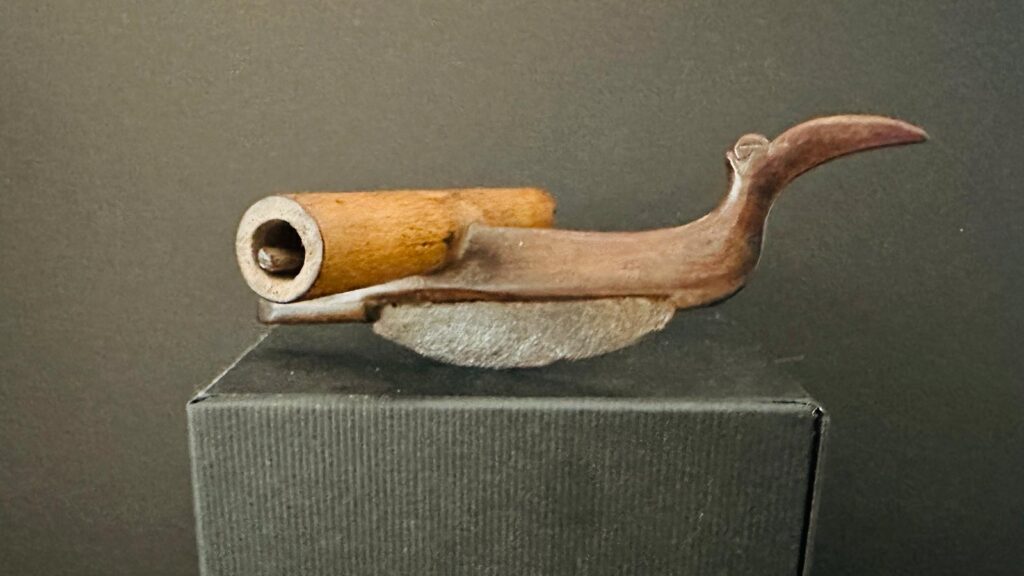
Sarawak’s Agri-Tech: Then and Now
The land of Borneo – and Sarawak in particular – has come a long way, from the intuitive brilliance of our ancestors to the pioneering work of today’s innovators. What began as deeply rooted, nature-revering practices has evolved into intelligent, AI-powered technologies that uphold sustainability and progress.
Yet, at its core, the essence remains unchanged: a people deeply connected to their land, guided by wisdom, and driven by purpose. As Sarawak steps boldly into the future, it does not forget its past – it honours it.
Because true innovation flourishes best when its roots run deep.


